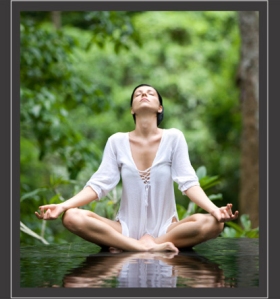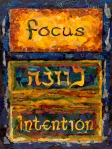***
Prior to my coming to Congregation
Rodeph Sholom in 1990, I was rabbi in Danbury, CT., which is adjacent to
Newtown. Some of my members came from that lovely town. I have driven to
Newtown and Sandy Hook countless times and I am familiar with the location of
the school, the firehouse, the churches that filled our TV
screens after this unspeakable tragedy.
Newtown is as quiet and bucolic as
depicted. Obviously their peace and holiday preparations were utterly shattered
by a perpetrator armed with weaponry no individual should have access to,
harboring enormous magazines filled with bullets spewing out death and
destruction that he had no business being able to possess.
We are justifiably outraged at this
unspeakable assault and at him, but we also need to turn our pain and anger to
positive use by doing everything we can to enact federal legislation to help
curb the NRA’s stranglehold on gun discussions in this country. Personally I
would want as much gun control as we can get, together with real penalties for
those who possess such deadly firearms. Get these instruments of destruction
out of the hands of all but law-enforcement personnel. Period.
The political landscape thankfully,
appears to be changing on this issue, but the window for meaningful action may
close quickly. The President will have to lead, Congress will have to have a
backbone, we, the people, must demand.
Over the past days the President
has been an eloquent comforter-in-chief. He was genuinely anguished and seemed
quite resolved. Yet, I must firmly disagree with one theological reflection he
offered the nation, that “God has called them home.”
No, Mr. President, God has nothing
to do with this unspeakable act. God wanted these precious children and their
educators to enjoy full, happy lives. The God I have a relationship with cannot
swoop down to stay the hand of the depraved and the ill. God does give us the
inspiration to learn from our actions and do better next time. God does implant
within us the strength to go on, the hope that as we walk through the valley of
the shadow of death, we will one day see the light. God does expect us to do
something meaningful about gun violence.
As we always do at Congregation
Rodeph Sholom, we will add our voice and influence whenever and wherever we
can....
We’ll hug our kids tighter and
resolve not to fail them in the months ahead.
The prophet Isaiah envisioned a
time when nation shall not lift up a sword against nation. Never could he
imagine that individuals would one day lift up assault weapons and end the
dreams of children. The stakes are so much greater today, and the penalty for
failure all the more grave.
May God comfort these
grief-stricken families.
May we resolve to reduce their
numbers and finally protect our children.
We wish you a safe and blessed New
Year.
B’Shalom,
Rabbi Robert N. Levine
***
So, it's just a few hours until Shabbat. Here are some ways you can, right now, resolve to "turn our pain and anger to positive use":
1) President Obama has promised to send proposals for gun control legislation to Congress no later than January. Click here to write to your legislators and urge them to support a reenactment of the federal ban on assault weapons and other sensible gun control.
2) Make a donation to the Brady Campaign to Prevent Gun Violence or the Coalition to Stop Gun Violence.
3) Noah Pozner, one of the victims of the shooting, loved tacos. Tacos for Noah lets you make virtual tacos in Noah Pozner's memory. If you are so moved, you can also send real tacos in his memory to people are still struggling without their stoves and ovens in the Rockaways.
Looking for more ideas? See this piece from the Religious Action Center of Reform Judaism for more ideas of what you can do.
Wishing us all a Shabbat Shalom, if that's possible.


















